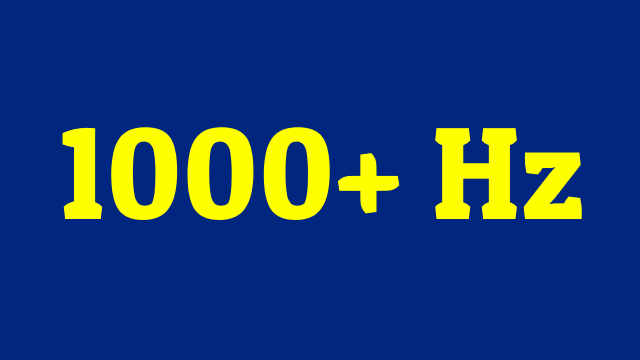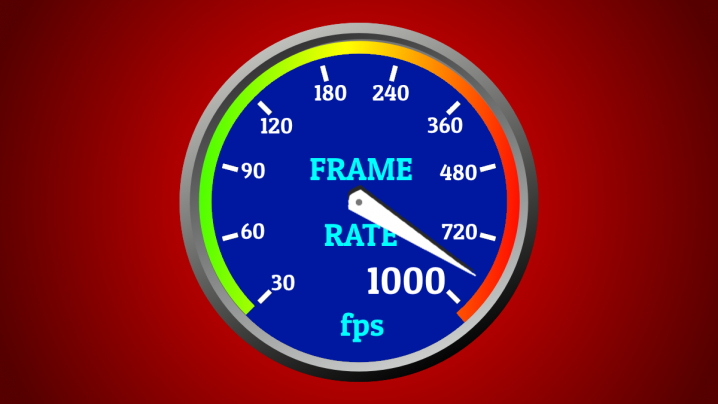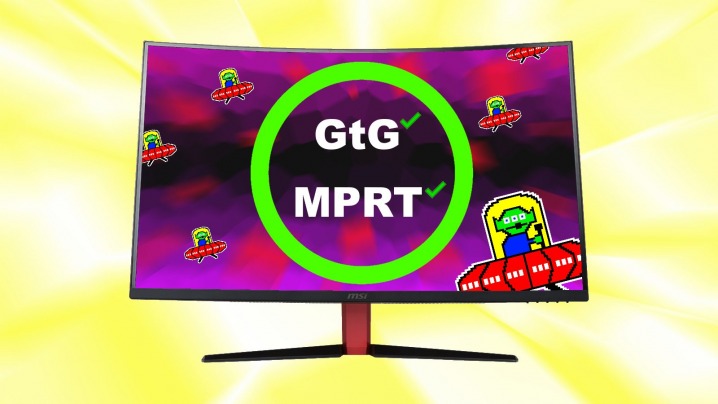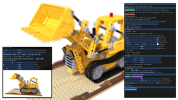Honestly one of the worst and least charitable set of posts I've seen on this forum in a while. I wrote up a bit of an explanation based on the potential benefits and drawbacks. I'd actually amend this into four potential positives and three negatives. Honestly some of the positives are all but guaranteed. The three negatives we don't really know yet. It seems obvious there will be compromises to image quality and input latency, but until we see it in action the subjective difference is not known.
On top of that there's frame pacing. It could actually really help with 1% lows and make games seem incredibly smooth. The higher you push fps the more you tend to get deviation in frame times, especially if you have slow RAM. If this generation works well, you could actually have very good frametimes for half you frames, and then you'll have much higher 1% lows. But it could also potentially magnify dips, or have other issues that lead to some odd frame pacing that causes more stutter. We don't know yet.
Potential positives:
judder reduction
animation smoothness
motion blur reduction
cpu, memory, gpu scaling
frame pacing
Potential negatives:
input latency
image quality (artifacts etc)
frame pacing
I'd recommend going to blur busters to understand motion picture response time (MPRT), the benefits of 1000Hz displays and the potential benefits of frame amplification. Also the test ufo pattern is worth a look.
A Blur Busters Holiday 2017 Special Feature by Mark D. Rejhon 2020 Update: NVIDIA and ASUS now has a long-term road map to 1000 Hz displays by the 2030s! Contacts at NVIDIA and vendors has confirmed this article is scientifically accurate. Before I Explain Blur Busters Law for Display Motion...

blurbusters.com
Tomorrow, 1000fps for free. Not your grandfather's Classic Interpolation. Oculus has Asynchronous Time Warp. Cambrige has Temporal Resolution Multiplexing. NVIDIA has Deep Learning Super Sampling. Have cake and eat it too with high-detail high-framerates!

blurbusters.com
GtG and MPRT are two different pixel response benchmarks for displays. We explain the difference.

blurbusters.com
Blur Busters UFO Motion Tests with ghosting test, 30fps vs 60fps vs 120hz vs 144hz vs 240hz, PWM test, motion blur test, judder test, benchmarks, and more.

www.testufo.com









